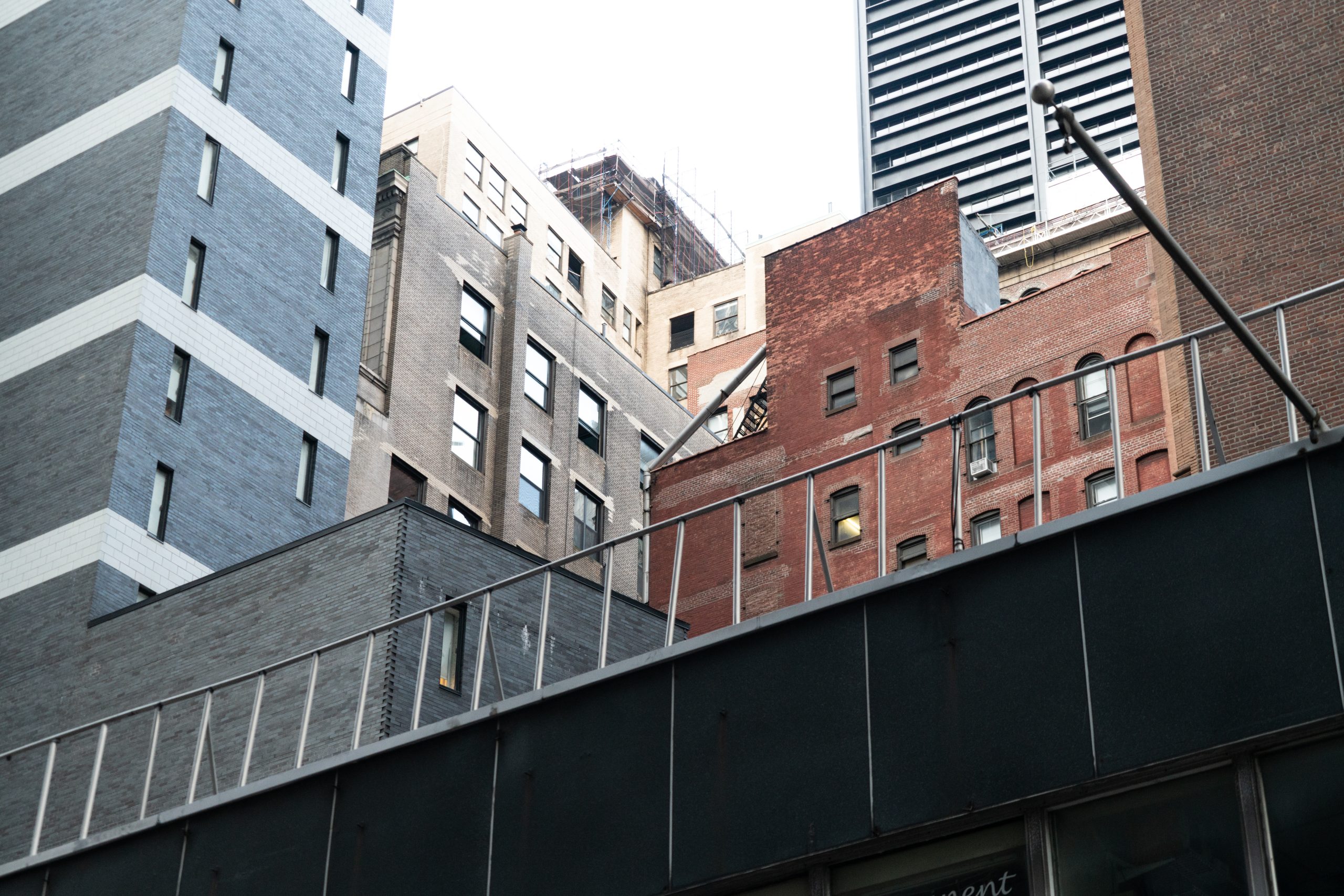Tenant Putting Satellite Antenna on Roof Without Landlord’s Permission — What Can Be Done?
June 5, 2015
June 5, 2015: This post originally appeared on the LandlordsNY blog, where Michelle Maratto Itkowitz is the “Legal Expert”.
Question: “I have an issue with satellite dishes on my property (Dish and DirectTV) I have made an effort to contact Direct TV to see who installed them (contractor) but no luck. I am planning on going to my roof in the coming months to snip the cords and start the removal of all the dishes and repair the roof as neither company has formulated an official agreement with us, the landlord, to install these dishes. Instead, they have just done what the tenant has asked and we have about 30 or so dishes on the roof with wires hanging down going to different apartments. My question is can I snip the cords to the dishes as there was never an agreement made with us with any satellite provider?”
SHORT ANSWER: DO NOT SNIP THE WIRES! If you snip the wires you are creating a problem for yourself where YOU will be on the defensive. Right now, those dishes represent an awesome OPPORTUNITY for you to evict unwanted tenants.
EXPLANATION:
First, let us look at the law in this area. Here is what the main statute and some reported cases on the topic have to say, and some conclusions to be drawn therefrom.
First, Section 207 of the Telecommunications Act of 1996 was amended to provide tenants with a limited right to install reception devices “wherever they rent space outside of a building, such as balconies, balcony railings, patios, yards, gardens or any other similar areas…”, which tenants have exclusive control over. 13 FCCR 23874, 23874 [1].
Sherwood Complex LLC v. Vouzan, 4 Misc.3d 73 (App. Term 2nd Dept., 2004), was a Queens case that went up on appeal. The Appellate Term held that Tenant did not have a right, under Telecommunications Act of 1996, to install two satellite dishes upon boards projecting from tenant’s windows, because dishes were not located in a space rented to tenant. The lease stated: “No awnings, or other projections shall be attached to the outside walls of the building, or to the balconies or terraces and no blinds, shades, or guards, shall be attached to or hung in, or used in connection with any window or door of the demised premises, without the prior written consent of Owner…” The court held that a fair and reasonable interpretation of this provision barred tenant installations such as the satellite dishes at issue there.
In Urban Horizons Tax Credit Fund, L.P. v. Zarick, 195 Misc.2d 779 (Civ. CT. Bronx Cty. 2003), the court also held that the Tenant did not have right, under the Telecommunications Act, to attach a satellite dish to his apartment window guard, as tenant did not have exclusive use or control over the window guard. HOWEVER, the court also held that the Landlord waived his right to seek enforcement of the clause in tenant’s lease prohibiting installation of an aerial on apartment premises, where the tenant’s satellite dish had been in place for more than four and a half years, landlord was aware of the dish’s installation, and entire apartment had been inspected every year as part of recertification process. The general rule is that acceptance of rent with knowledge of conduct violative of the lease constitutes a waiver by the landlord of the default, even if the lease contains a nonwaiver provision.
In Lemle Realty Corp. v. Desjardin, 3 Misc.3d 1104(A) (Civ. Ct. Bronx Cty. 2004), a Section 8 tenant was evicted for putting a Satellite Dish on the roof!
In Lemle, Landlord’s property manager testified that a wire ran from the tenant’s window to a satellite dish installed on the building roof. Landlord introduced into evidence a letter to tenant demanding the removal of the satellite dish. The letter stated, in pertinent part, “Please be advised that you are in violation of your lease, which prohibits affixing anything to the building without prior written consent from the landlord.” Twenty-two months later, a notice to cure was served upon the tenant. No testimony or other trial evidence explained the landlord’s delay in seeking redress.
The tenant’s sole witness in Lemle was a guy tenant lived with who introduced into evidence 20 billing statements from Dish Network to establish that the satellite dish has been in use for over two years. The witness testified that landlord’s employee was in the building when the satellite company arrived to install the dish. The witness asked landlord’s employee to join him and an unidentified neighbor on the building roof while the dish was installed. According to the witness, landlord’s employee gave the tenant written permission pursuant to the lease to install and use the dish.
The landlord’s employee testified in Lemle that he never authorized the installation of the satellite dish in writing or otherwise. In fact, landlord proved that the employee who allegedly authorized the dish on the roof was not hired by landlord until seven months AFTER the alleged permission letter. Boy was that tenant a liar!
The Lemle tenant still interposed a waiver defense based on the landlord’s delay in waiting two years before suing tenant. There, however, the non-waiver clause in the tenant’s lease was dispositive. A non-waiver clause is present in most leases and usually says something like:
“The failure of the Landlord to insist upon a strict performance of any of the covenants herein shall not be deemed a waiver of such covenants. No representations or promises have been made except those herein contained. No modification of any provision hereof and no cancellation or surrender hereof shall be valid unless in writing, and signed by the parties.”
The court in Lemle determined that the tenant violated a substantial obligation of her tenancy and awarded a final judgment of possession to the landlord.
In Kingsbridge Assoc v. Martinez, 4 Misc.3d 111 (App. Term 1st dept. 2004), a case about a tenant putting a satellite dish on a window guard, the Appellate Term emphasized that lease provisions prohibiting aerials on the roof or outside of tenants’ windows are illegal but ONLY “on property within the exclusive use or control of the antenna user.” The court emphasized that this rule does not extend to, “the placement of antennas on common or restricted access property such as outside walls or rooftops.”
TAKE AWAYS:
• A tenant can put a satellite dishes only in a space that he exclusively controls, like on a private terrace that goes with an apartment, and a lease cannot prohibit that.
• The lease should specifically prohibit a tenant from installing a dish in an area that the tenant does not exclusively control over – like the roof or hanging out the window.
• If a lease prohibits a tenant from installing a dish in an area that the tenant does not exclusively control, the court will uphold that prohibition.
• If a landlord waits too long to do anything about an illegal dish, they may be waiving their right to do anything.
• If a landlord’s employee assists a tenant in installing an illegal dish, that also may constitute waiver.
READ MORE…






